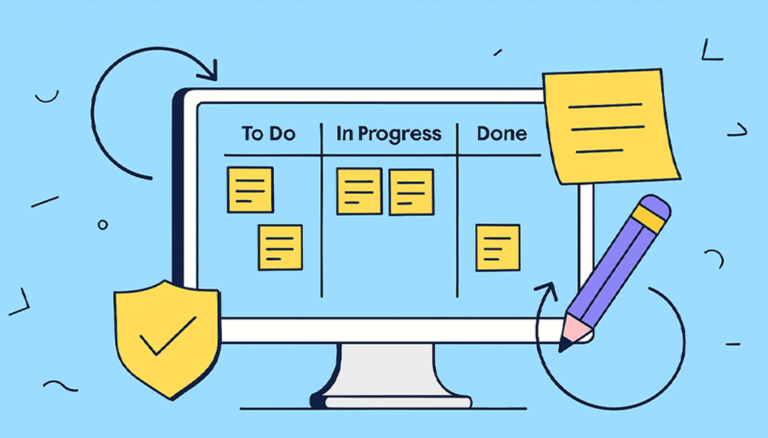In agile teams, sprint planning is a major process; and what marks the inception of a focused sprint are the sprint goals. It’s the perfect encounter of priorities, detailed tasks, and commitments to productivity. As important as it is, the optimization of sprint planning is imperative for ensuring a smooth sprint, one that leads to the efficient delivery of value. Here are some recommendations to guide you through the nuances of perfect sprint planning.
Pre-Sprint Preparations
Before the team gathers for sprint planning, it’s crucial to have a polished, prioritized and well-groomed product backlog. This entails a clear understanding of the user stories, their acceptance criteria, and the value they append to the project.
Involve the Right People
Ensure the meeting includes all key stakeholders —the product owner, Scrum Master, and the development team. Their collective insights are essential for a balanced and realistic plan.
Utilize Estimation Techniques
Estimation techniques like Planning Poker or T-shirt sizing for assessing the complexity and effort for each user story will aid in sculpting a more realistic sprint backlog.
Break Down User Stories
Break larger user stories into manageable tasks or smaller user stories, ensuring they can be conquered within the sprint. This will also result in a clearer overview of the work involved.
Set Clear Objectives
Articulate the sprint goal straightforwardly, ensuring that the definition of success is shared by all. A clear objective gives direction and a sense of purpose.
Allocate Resources Wisely
When allocating tasks, consider the team’s capacity and skillset. Ensure a balanced distribution of work, aligning tasks individual team member strengths.
Foster Open Communication
Encourage team members to vocalize their concerns, suggestions, or any potential roadblocks and risks. Open communication can unveil crucial insights that could impact the sprint plan.
Elevate Standup Meetings with NASA
While sprint planning sets the stage, the daily standup meetings are the rituals bringing the agile narrative to life. Here, NASA (Not Another Standup App) emerges as an essential companion. By optimizing the daily standup process, NASA ensures a seamless transition from planning to execution, keeping the team aligned and focused on the sprint goals.
Keep a Buffer for the Unexpected
Account for the unknown unknowns with a buffer. Take into account both buffer time and unallocated resources that can be summoned to address unexpected demands.
Review and Adjust
Post-sprint reviews and retrospectives are how agile teams train their your sprint planning capabilities. Collect feedback, analyze the efficacy of the sprint planning, and be open to recalibrating for future sprint interations.
Conclusion
Optimizing sprint planning is an endless effort with significant impact on the success of any agile team. With proper preparation , open communication, helpful tools like NASA for standup meetings, and the learnings from past sprints, you can refine your sprint planning process and lay a robust foundation for a productive sprint.




